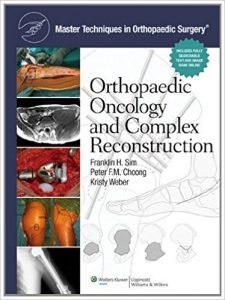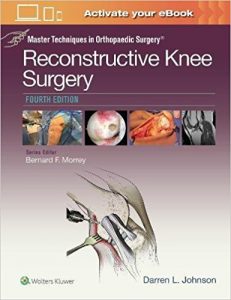Pilates for Hip and Knee Syndromes and Arthroplasties With Web Resource Pap/Psc Edition

[amazon template=iframe image2&asin=0736092242]
As hip and knee conditions continue to become more prevalent, so does the demand for a rapid and complete return to function in these lower-extremity joints. Pilates for Hip and Knee Syndromes and Arthroplasties provides foundational guidelines and protocols—with specific modifications—for the use of Pilates in increasing core strength, balance, and flexibility and restoring function and range of motion with pre- and postoperative knee and hip syndromes and arthroplasties. Written for Pilates instructors, manual therapists, personal trainers, and physicians, this text introduces Pilates as a safe fitness and rehabilitation tool for individuals with knee or hip conditions.
Developed over 90 years ago by Joseph H. Pilates, the Pilates method is a unique system of stretching and strengthening exercises that have been shown to tone muscles and improve posture, flexibility, range of motion, and balance. Low impact and completely adaptable according to specific syndromes or fitness level, Pilates exercises are well suited for use in pre- and postoperative exercise regimens, and Pilates mat exercises can be easily incorporated into home programs.
Pilates for Hip and Knee Syndromes and Arthroplasties begins with a review of the anatomy of the hip and knee, a discussion of the most common conditions, and an overview of nonoperative and operative treatments. Building this background information will help readers gain a better understanding of why certain exercises are applied at various points in the rehabilitation time line.
The next portion of the text is dedicated to specific Pilates techniques and mat exercises and includes baseline recommendations for range of motion and both pre- and postoperative modifications for the knee and hip. Reference tables outline classical Pilates mat exercises and place them in specific rehabilitation time lines from six weeks to three months, three months to six months, and beyond six months postoperative. More than 600 photos clearly demonstrate the exercises and feature detailed instructions for correct execution of the techniques. To assist with clients who have never performed Pilates exercises or are in the very early stages after surgery, pre-Pilates exercises are also presented to help build core strength and range of motion. Case scenarios and sample Pilates mat programs provide additional guidelines on the correct application of the exercises, while an exercise finder located in the front of the text quickly directs readers to the appropriate exercises for each postop time line.
As a bonus, a Web resource included with the text provides fully trained Pilates instructors with guidelines on using the Pilates equipment to develop programs for clients with hip or knee conditions. Instructors will learn what equipment is appropriate to incorporate at the optimal time for rehabilitation. In addition, a resource finder is included to assist readers in finding a qualified Pilates training program and a qualified Pilates instructor.









